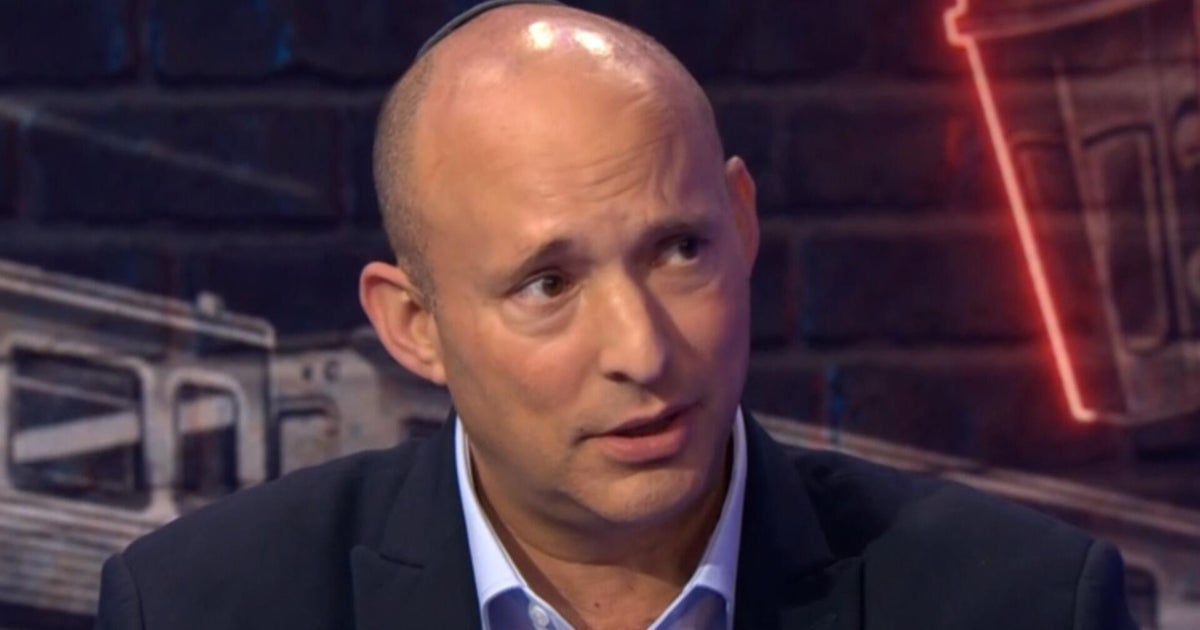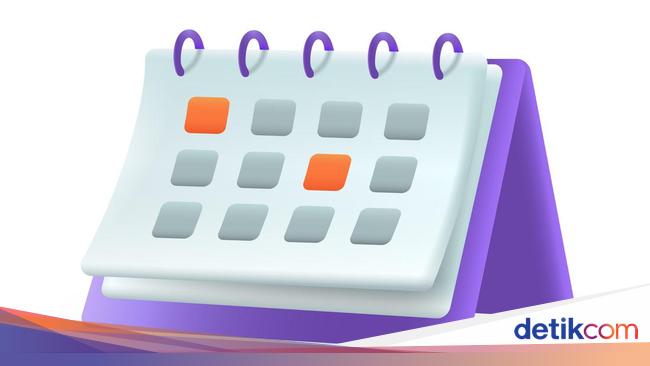 Enrolling in a debt management program could result in substantial savings for the right type of cardholder.
Getty Images
Enrolling in a debt management program could result in substantial savings for the right type of cardholder.
Getty Images
Americans are carrying more credit card debt than ever, and with average credit card interest rates now topping 21%, even relatively small balances can quickly become a big drain on your finances. Part of the issue is that even when you're diligent about making at least the minimum payments, today's high rates mean that most of most of that payment goes toward the interest charges instead of the balance itself, allowing the interest charges to compound and the balance to snowball quickly.
But as the ongoing issues with sticky inflation and rising living costs continue to eat into your budget, it's important to find a way out of credit card debt as soon as possible. There are various ways to do that, but for many cardholders, debt management programs offer a practical way forward. These programs, offered through credit counseling agencies, work with your creditors to try and lower your interest rates, eliminate certain fees and roll multiple credit card payments into one manageable monthly bill.
Unlike debt settlement, debt management won't reduce your total balance, but this type of program can make repayment more affordable and predictable. How much can you actually save with a debt management program, though? While the numbers vary depending on your situation, for many, the potential savings are substantial, and, in some cases, they can be enough to shave years off the repayment timeline.
Learn how to take advantage of your debt relief options today.
How much can you save with a debt management program now?
The savings potential from a debt management program depends heavily on your current situation, but the numbers can be substantial. Overall, the monthly payment reduction varies widely but generally lowers your monthly card payments by between 30% and 50% on average. This happens through the combination of lower interest rates, waived fees and extended repayment terms.
Many debt management program participants see their interest rates reduced significantly. In 2024, for example, the average credit card APR dropped to 6.8% for those enrolled in debt management programs, which is drastically lower than today's average card rate. That type of rate reduction alone can save thousands of dollars over the life of your debt.
Credit counseling agencies will also typically negotiate to have late fees, over-limit charges and other penalties waived for program participants. Given that late fees can run $35 to $40 per occurrence — with an average of $32 per fee — and over-limit fees can add another $35 or so monthly, these savings add up quickly, especially for someone juggling multiple cards.
The credit score impact also translates to long-term savings. While enrolling in a debt management program may initially cause a slight dip in your credit score, consistently making on-time payments through the program often leads to score improvements over time. This means better rates on future loans, lower insurance premiums and increased access to credit when you need it.
Note, though, that there are program fees to consider as part of the equation. However, these fees are typically relatively modest, usually ranging from $25 to $75 monthly, depending on your state and the complexity of your situation. Many agencies also charge a one-time setup fee of $50 to $100, but when weighed against the potential savings, these costs typically represent a small fraction of what you'll save overall.
Learn how to get rid of your high-rate card debt for less now.
What else to know about debt management programs before enrolling
While the potential savings you can get with a debt management program are compelling, it's important to consider the full picture before enrolling. Here's what else to know about this type of debt relief program before you enroll:
There's a monthly payment commitment. Debt management programs require you to make a single, fixed monthly payment to the credit counseling agency, which then distributes the funds to your creditors. This payment is often lower than what you were paying collectively before, but it's still a commitment you'll need to make consistently for three to five years, as missing payments could jeopardize the program benefits.
You may have to close your credit cards. When you enroll in a debt management program, most creditors will require you to close the accounts included in the program. This can impact your credit score in the short term by lowering your available credit and affecting your credit mix. However, as you pay down debt, your score may improve.
Debt management isn't the right solution for everyone. Debt management programs work best for those with steady income, enough cash flow to make the required payments and those with a manageable amount of debt. If your financial situation is too strained, other debt relief solutions, like debt settlement or even bankruptcy, might be more appropriate.
The bottom line
Debt management programs offer a realistic path to significant savings for many cardholders who are struggling with high-rate credit card debt right now. While the exact amount you'll save depends on your specific situation, most debt management participants see meaningful reductions in both monthly payments and total interest over time.
And, the current economic environment makes this a particularly opportune time to explore your debt management options. However, you'll need to be committed to changing the spending habits that led to you accumulating the debt in the first place, especially if you want the savings you achieve to set the foundation for a more secure financial future.
Angelica Leicht is the senior editor for the Managing Your Money section for CBSNews.com, where she writes and edits articles on a range of personal finance topics. Angelica previously held editing roles at The Simple Dollar, Interest, HousingWire and other financial publications.


















































